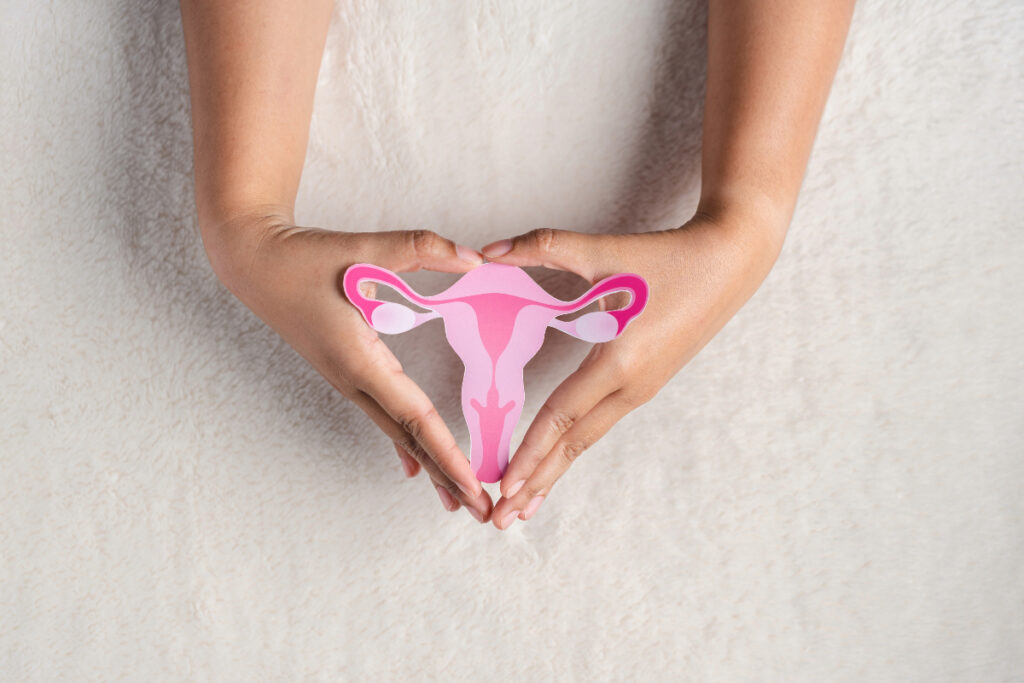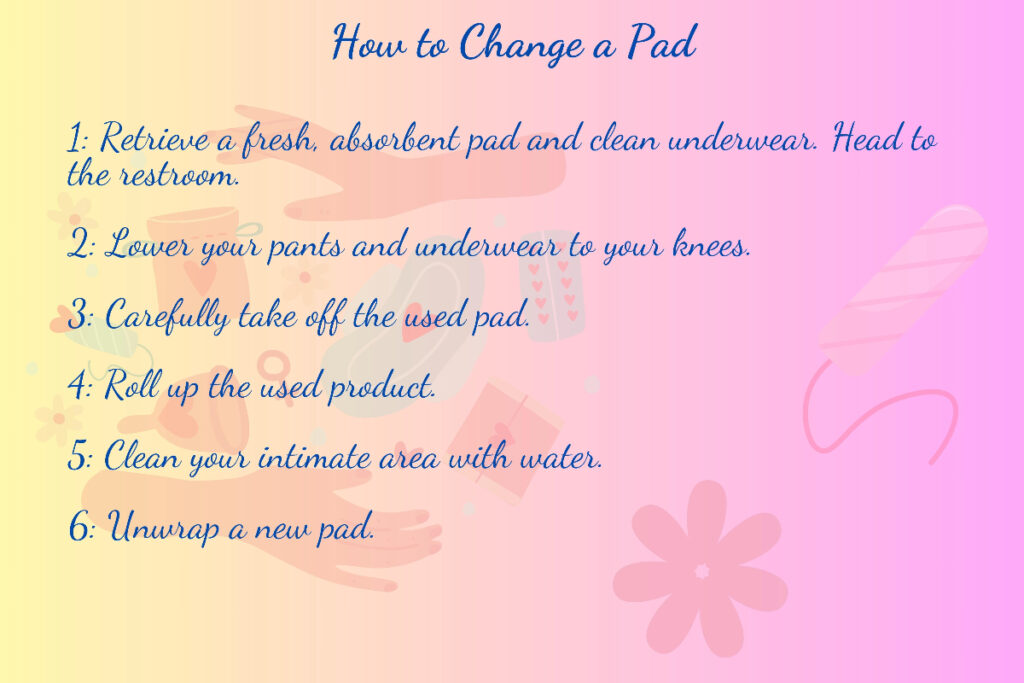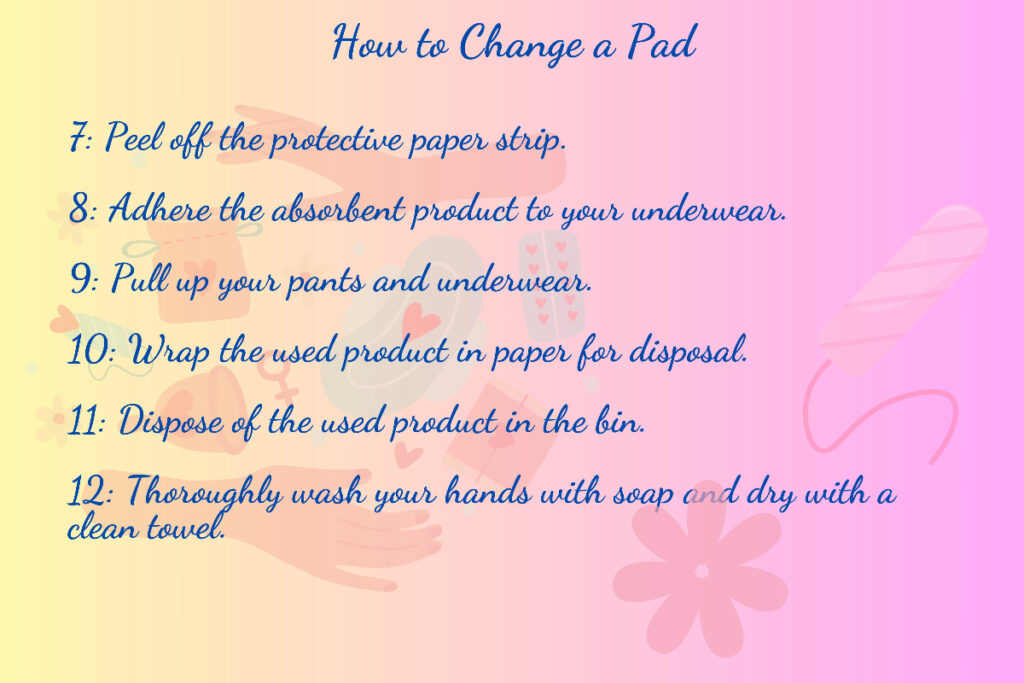Puberty and Menstruation: How to Support Teen Girls With Intellectual Impairments
Your support can make a difference in helping your child embrace this natural phase of life.
Puberty and menstruation is a transformative phase in every girl’s life and an essential part of growing up. For parents of teen girls with intellectual impairments, helping their child understand the changes that come with this phase of life can be both a challenge and a crucial step toward fostering independence and self-awareness.
Children with autism and children from the rest of the population go through puberty at about the same time.
Associated with emotional and hormonal changes and physical transformations, one of the critical aspects of this time of life is menstruation, a topic that requires sensitivity and open communication.
This article discusses how parents can have a conversation with their teen daughters with intellectual impairments about the monthly cycle.

We address what to expect, how to handle the time of the month, and the importance of making this process comfortable and empowering for your child.
Remember, it’s all a part of the journey to adulthood, and your support and guidance can make a difference in helping your child embrace this natural and beautiful phase of life.
Conversations About Puberty
Talk about puberty and puberty changes early. Use a social story about physical changes during puberty.
1. The first observable indications of breast development appear when a girl approaches puberty
- Provide the youngster with a starter bra to begin with.
- Choose one that fits their sensory preferences.
- Consider providing a soft, seamless, and tagless, comfortable undergarment.
- Determine the proper size.
2. Teen girls will also begin to have monthly experience
- Talk about this cycle of growth as soon as you can.
- Reading a social story can help the youngster understand the experience and prepare them for it.
3. Practical preparation for the cycle
- Teach the girl what a sanitary pad is, what it is for, why it is used, and when to change it.
- Expose her to shop for her menstrual product.
- Create awareness of the appropriate place and timing to change a pad.
- Create a visual schedule of sequencing steps to change a pad.
- Consider the physical properties of pads (e.g., a pad with or without a wing, scent, absorbency, size, and length)

‘When I Have My Monthly Cycle’
Here is a compassionate approach to discussing the natural experiences of becoming a young woman so your daughter feels informed and supported on her unique path to maturity:
“My body will experience changes during my cycle. There is discharge on my underwear, sometimes red, brownish, or blackish. This is okay.
When I notice these changes, I need a new absorbent product (a sanitary pad) and fresh underwear.
I will go to the restroom and change the pad. I should change it every three hours before it becomes too saturated. This is important.
“I might feel tired and have discomfort in my abdomen or lower back during this time. All of these sensations are temporary. This is okay.
I can rest and ask my mom for medicine or a warm compress.
It is normal to go through this phase of development. It means that I am growing up.”


By Noor Irni Hanida Ismail
Occupational Therapist




